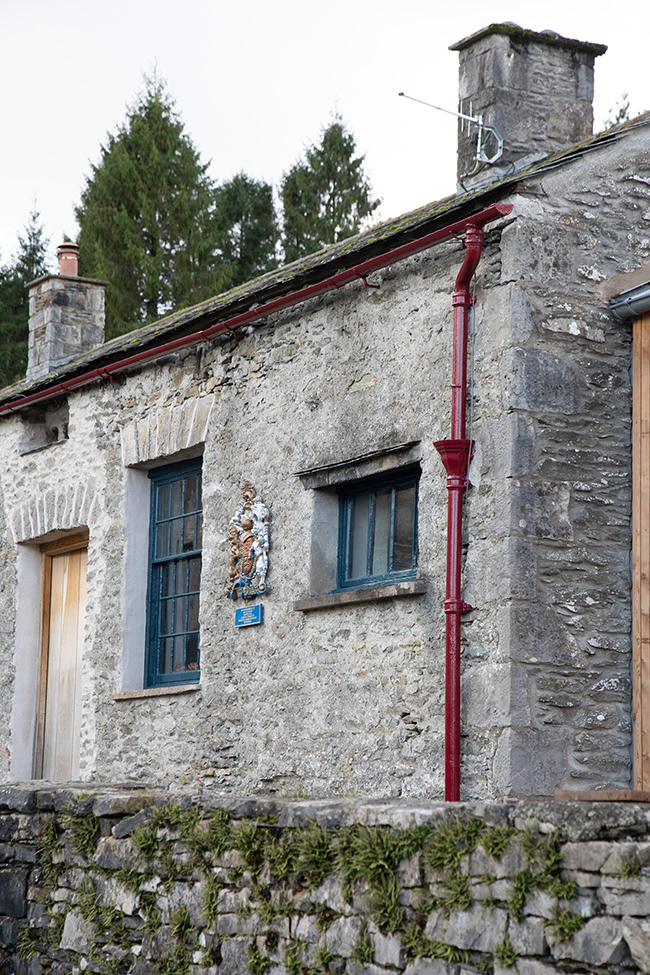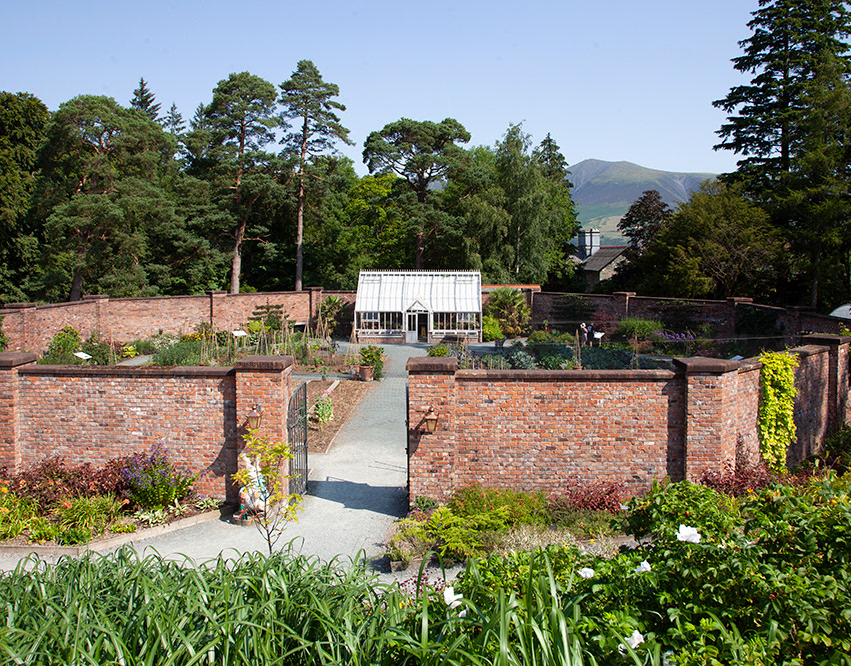Photography & words: © Anna Rubingh

PF 001
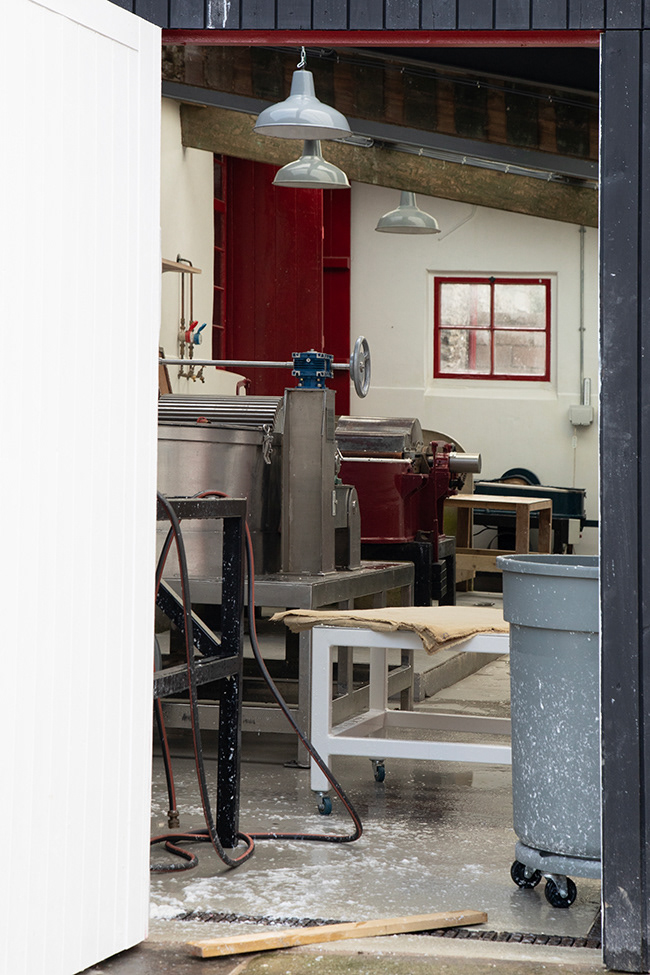
PF 002
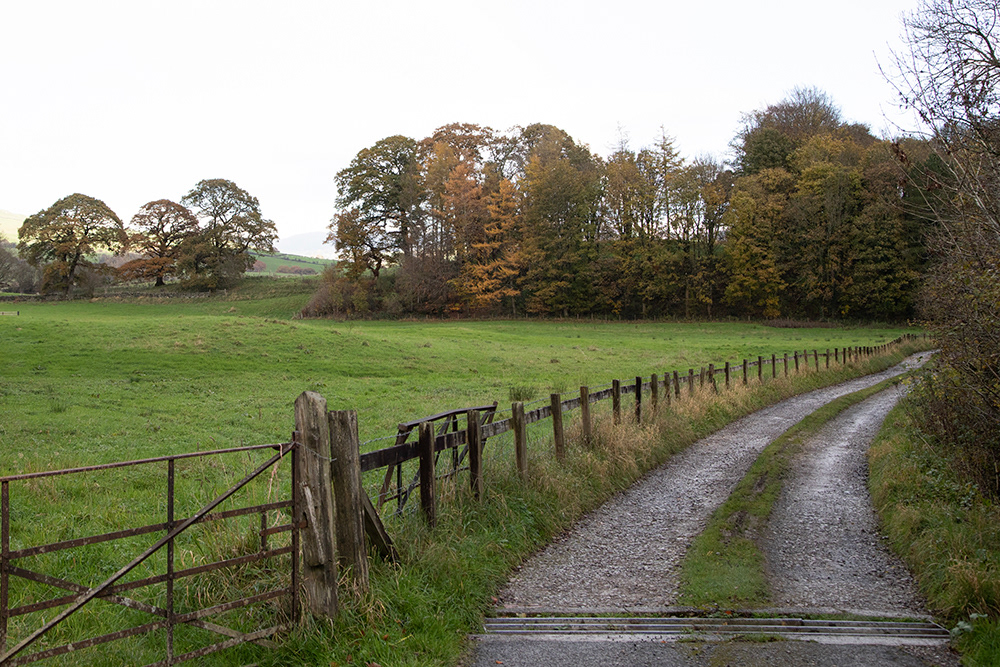
PF 003

PF 004
In the north of England, tucked away in the countryside, The Paper Foundation hand crafts paper using traditional methodes. "It has become a rare craft," master papermaker Tom tells me, "there are only a small handful of traditional papermakers left in the whole of Europe."
Each sheet of paper is made individually by hand, one at the time. “We use traditional fibres that have always been used to make paper, such as linen, cotton, hemp and flax.” Their paper is used by leading museums, libraries and artists worldwide, with clients including the Guggenheim, the Vatican, the English Royal Household, The British Library and many more.
Tom’s colleague Sam stirs a basin containing paper pulp with her arm. She then pulls a frame through the basin after which she uses tweezers to remove the irregularities of the wet fresh paper in the frame. She then flips the window onto a woollen cloth. "The first one usually fails, just like baking pancakes," she laughs. Not this time.
The shelves on the walls are full of old frames and much of the equipment is antique, saved from destruction out of love for the craft. After shovelling, each fresh wet sheet is stacked between woollen cloths then the pile goes into the press. This is how most of the water is squeezed out. Jets of water drip down. Out of the press follows another round of checks and a brush is used to remove imperfections again before the paper is pressed once more.
Tom holds the paper up to the light. "It comes very precisely, the end result has to be perfect," he says. It’s a labour of love.
Although most of our paper is made to order for individual orders, there is also a stock range available through their online shop.
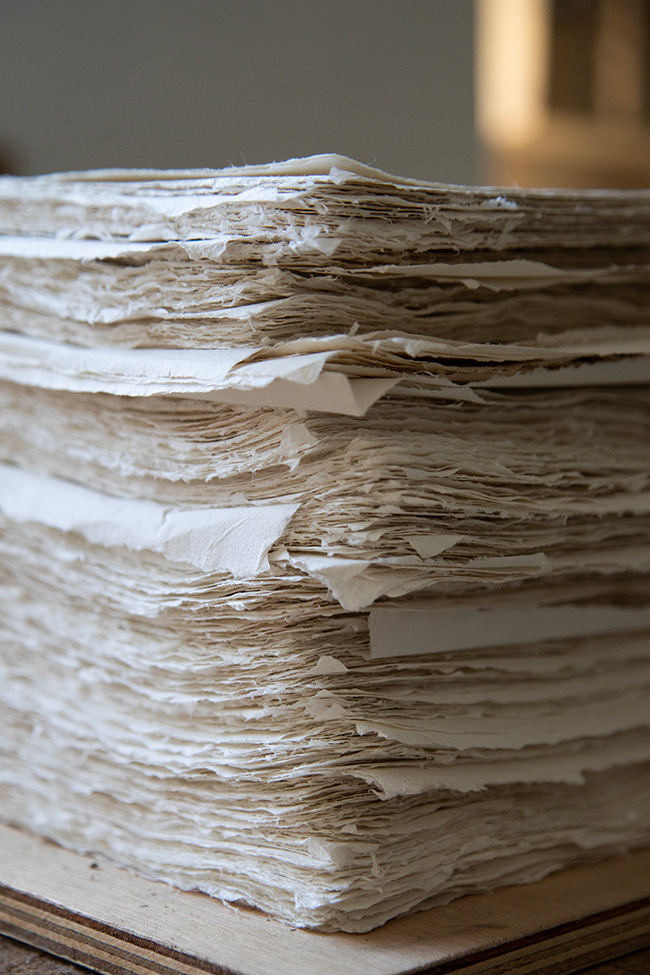
PF 005
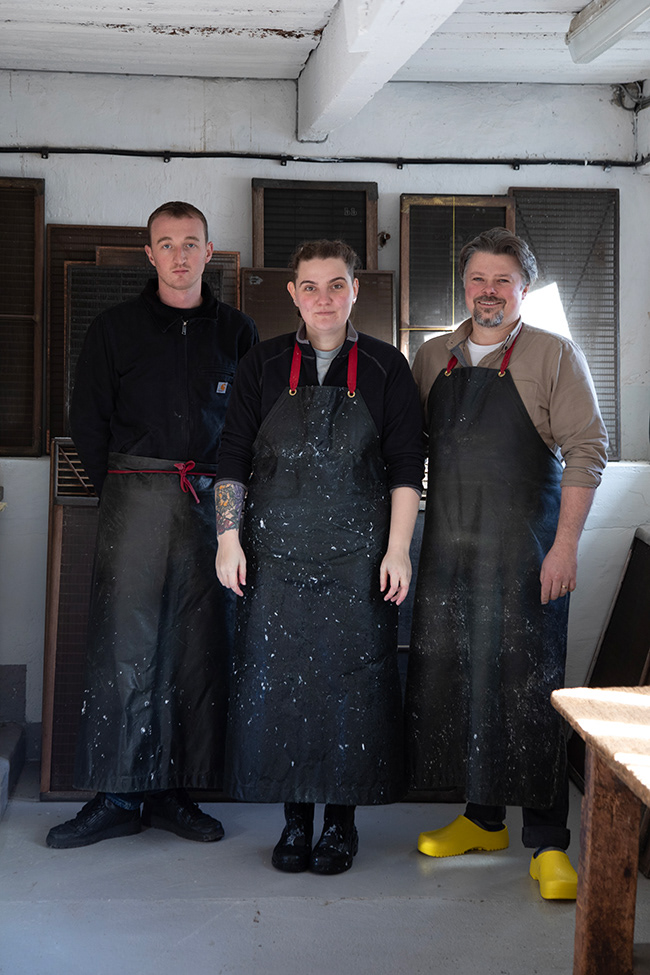
PF 006
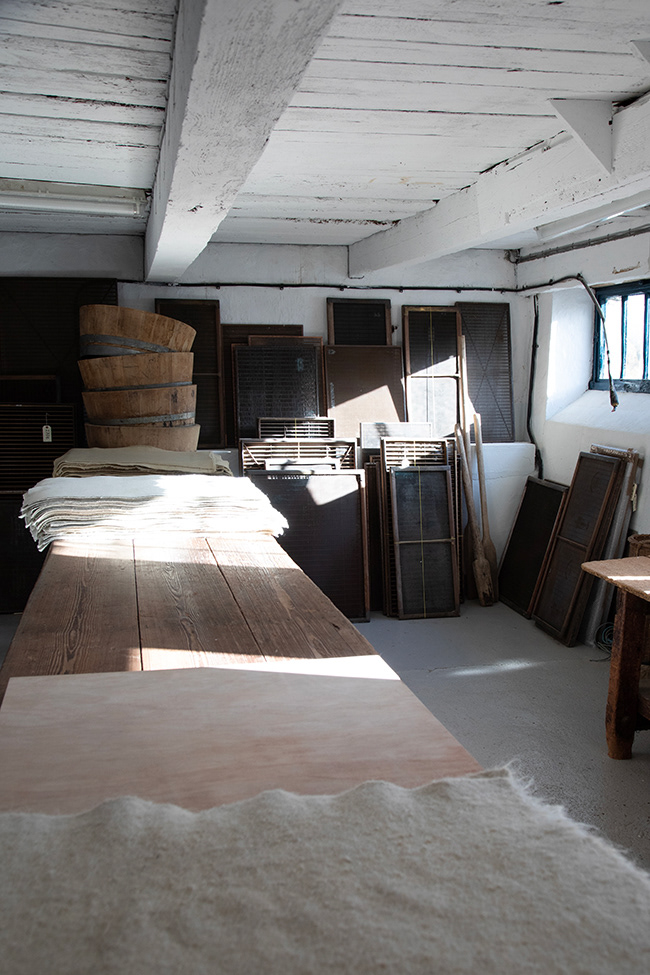
PF 007
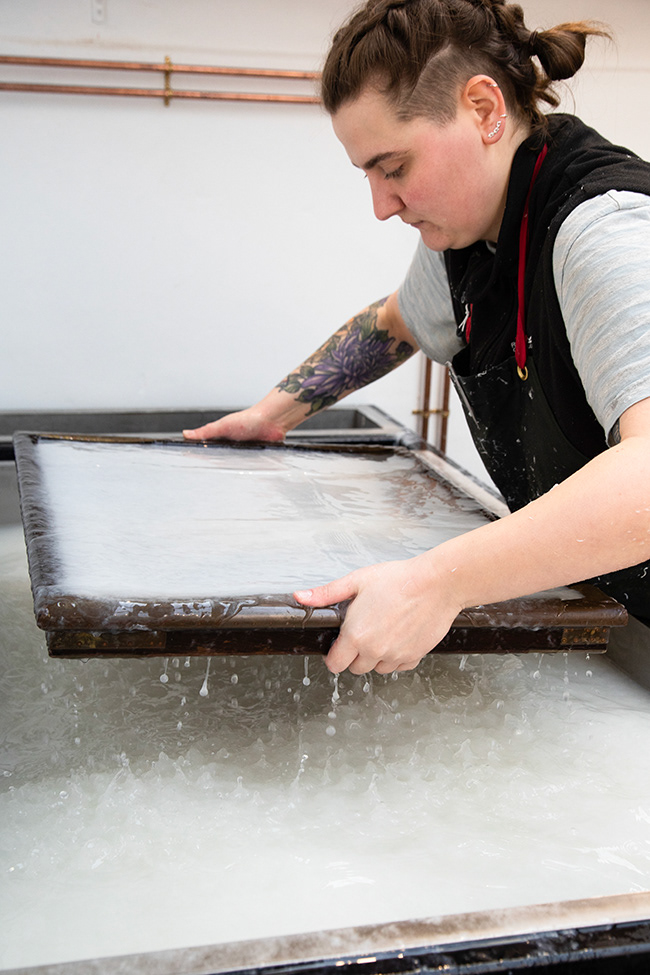
PF 008

PF 009

PF 010

PF 011

PF 012

PF 013

PF 014

PF 015

PF 016

PF 017

PF 018

PF 019

PF 020

PF 021

PF 022

PF 023

PF 024

PF 025

PF 026

PF 027

PF 028

PF 029

PF 030

PF 031

PF 032

PF 033

PF 034
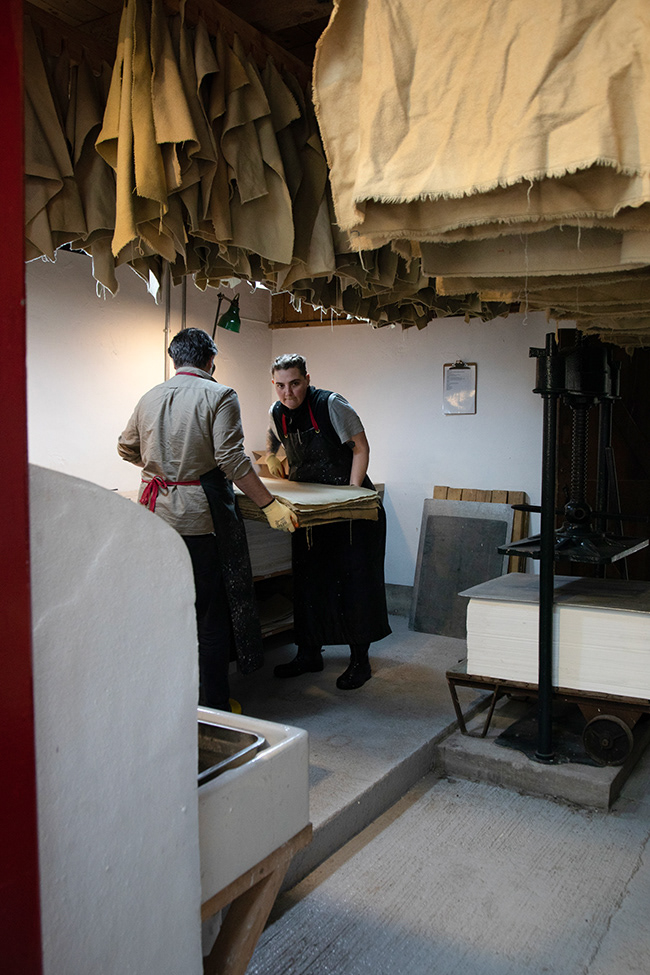
PF 035
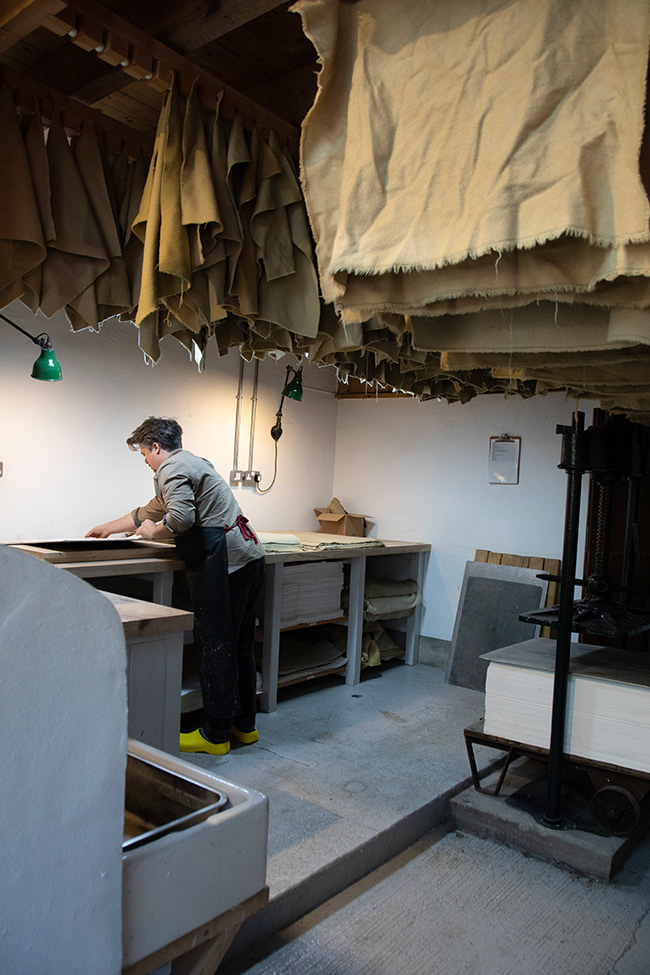
PF 036

PF 037

PF 038
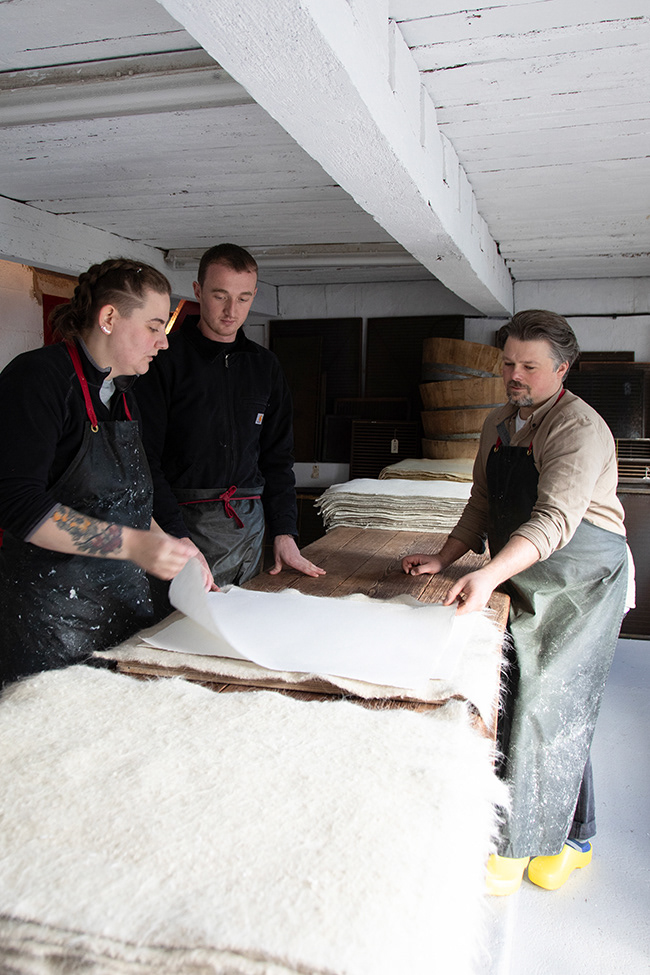
PF 039

PF 040

PF 041

PF 042

PF 043

PF 044

PF 045

PF 046

PF 047

PF 048
